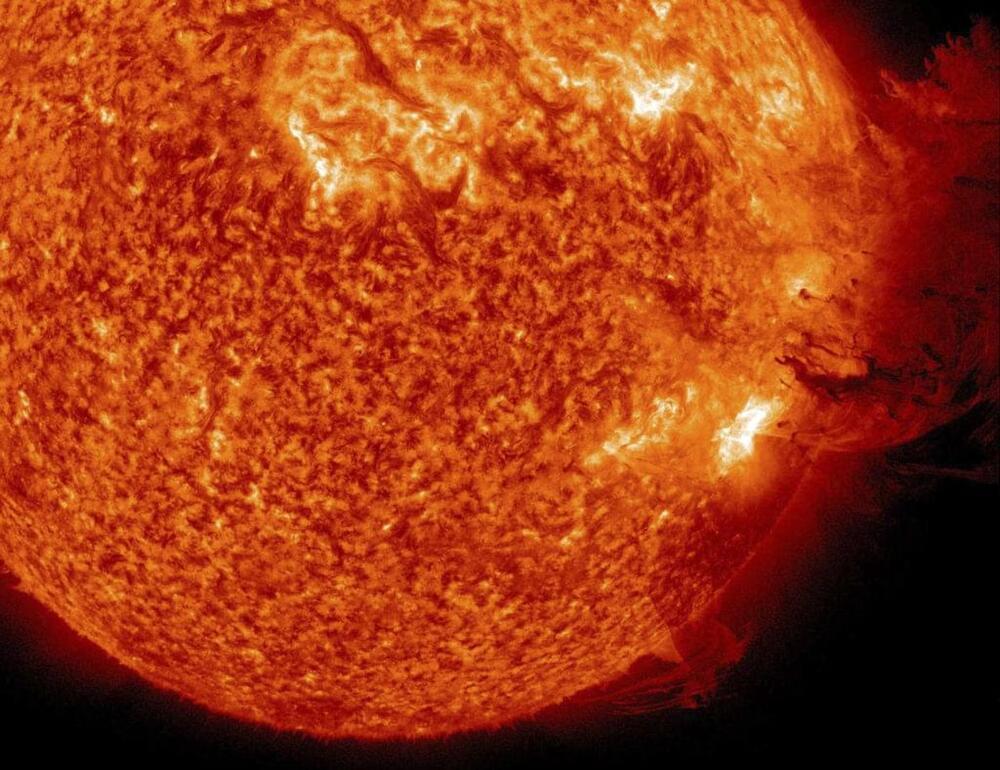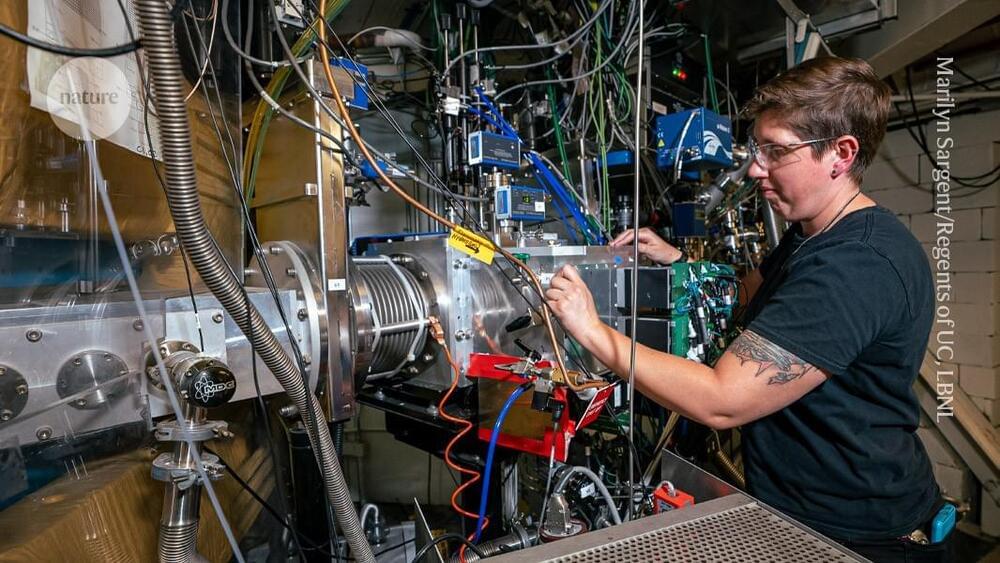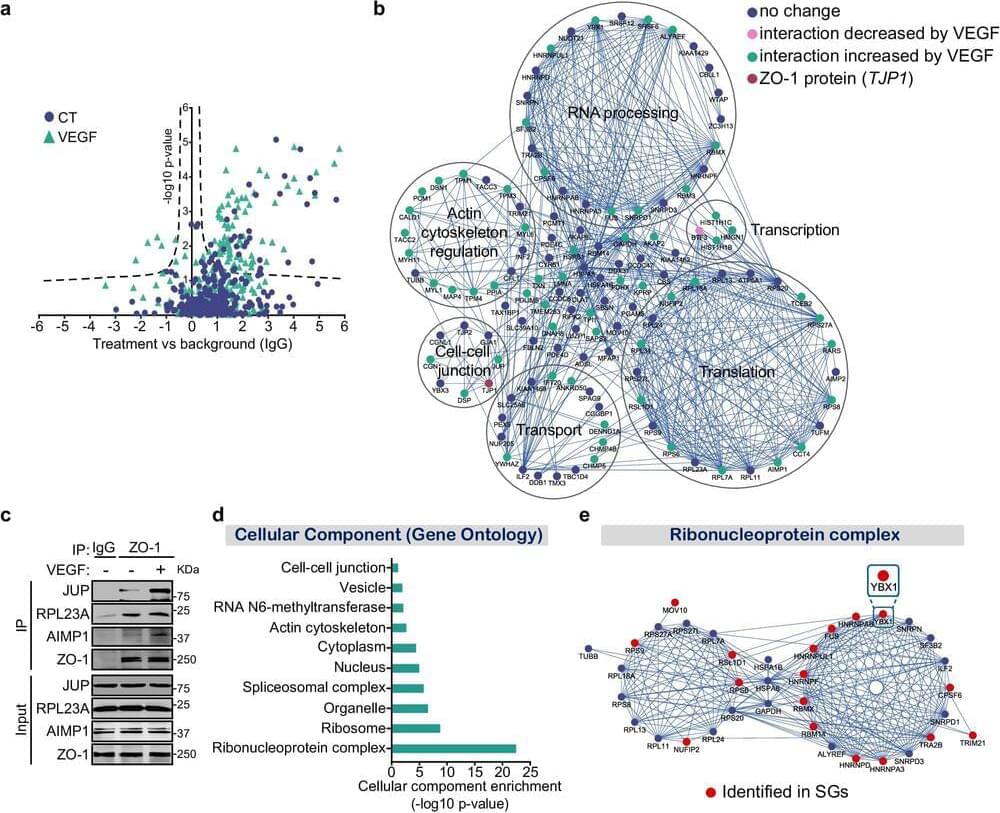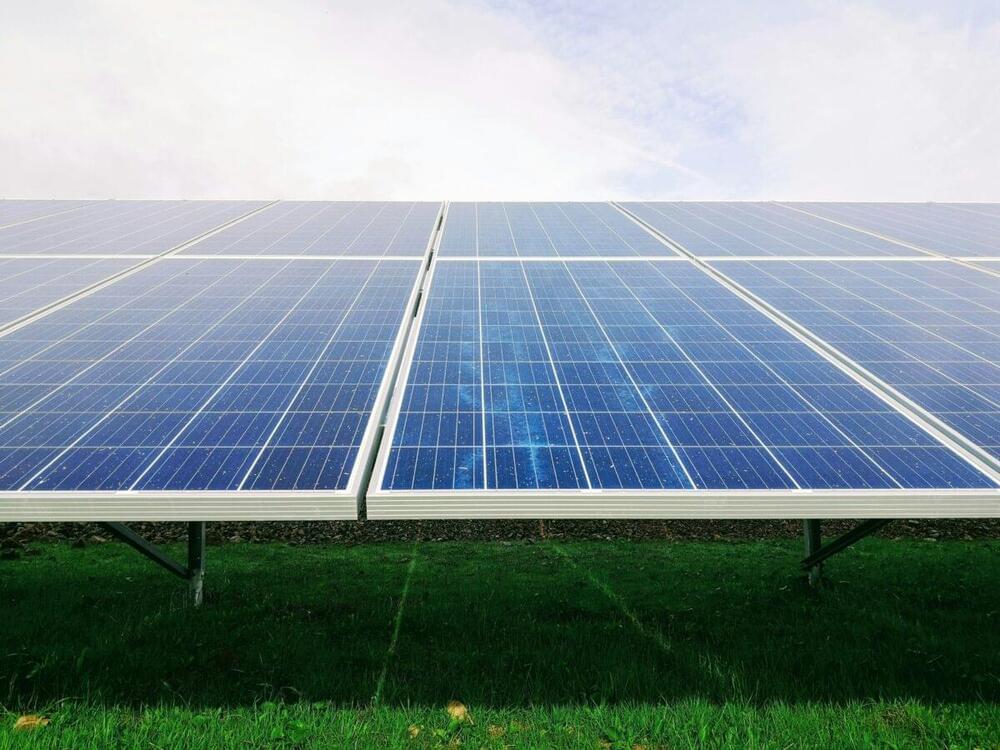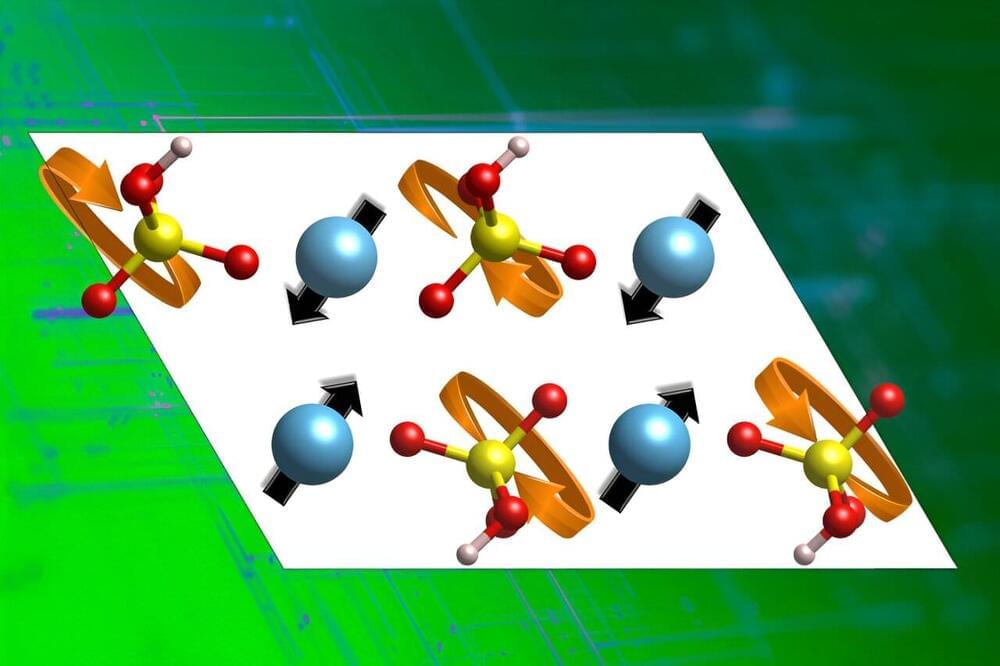Jul 24, 2024
The sun is super active right now. Here’s how it can affect electronics on Earth
Posted by Genevieve Klien in categories: energy, space
To most people, the sun is a steady, never-changing source of heat and light. But to scientists, it’s a dynamic star, constantly in flux, sending energy out into space. Experts say the sun is now in its most active period in two decades, causing potential disruptions to radio and satellite communications. John Yang speaks with Bill Murtagh of NOAA’s Space Weather Prediction Center to learn more.
Notice: Transcripts are machine and human generated and lightly edited for accuracy. They may contain errors.
